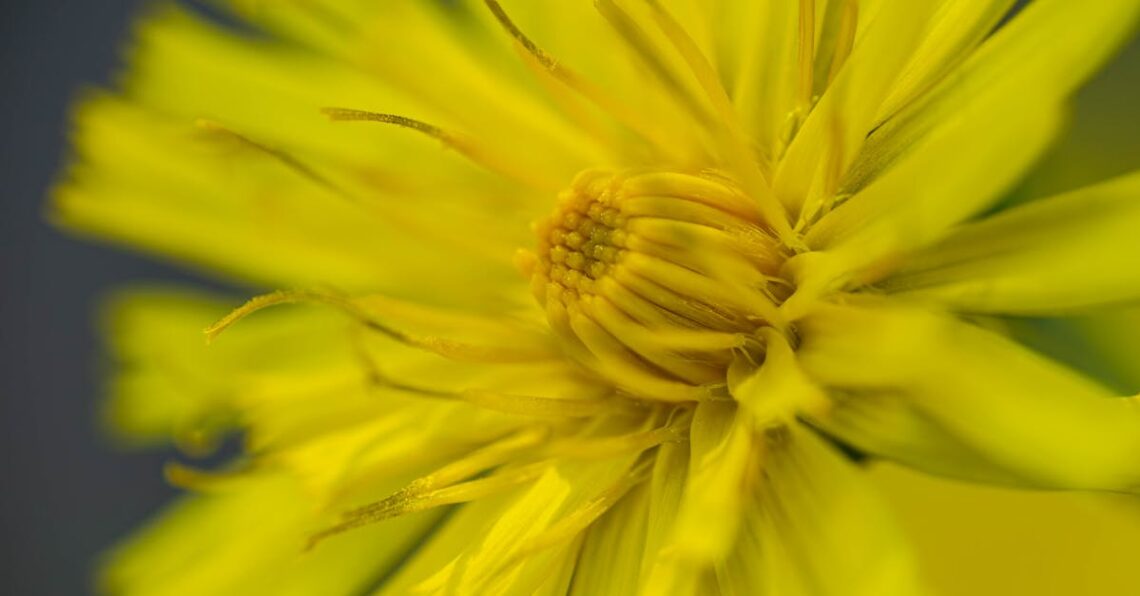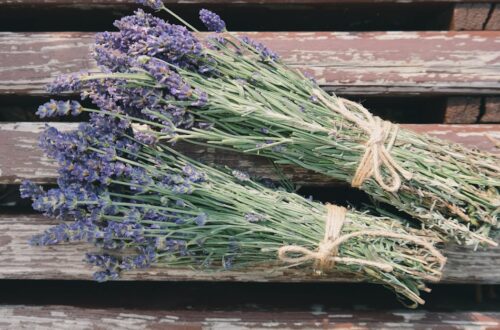Growing lisianthus from seed may seem daunting due to their delicate nature, but with the right techniques and care, you can cultivate stunning blooms that will brighten any garden or landscape. Known for their elegant petals and vibrant colors, lisianthus flowers have gained popularity among gardeners and florists alike. This comprehensive guide will take you through the essential steps and tips to successfully germinate and nurture lisianthus from seeds, ensuring a bountiful display of flowers for your enjoyment.
Understanding Lisianthus
Lisianthus, known for its elegant blooms, has a rich history rooted in North and Central America, where it flourished in wild landscapes. This enchanting flower has captivated gardeners and florists since the mid-20th century, elevating its status in floral arrangements worldwide. With varieties that range from pastel shades to vibrant tones, lisianthus blossoms are often mistaken for roses due to their stunning resemblance. To thrive, these flowers prefer well-drained soil, adequate sunlight, and moderate watering. Understanding their optimal growing conditions is key to nurturing these beautiful plants. Whether you seek to add elegance to your garden or create stunning bouquets, lisianthus is a delightful choice for any gardener. Take action and start cultivating these exquisite blooms today!
History and Origin
Originating in the southern United States and Mexico, lisianthus was historically used in native medicinal practices. It gained popularity in the floral industry for its long-lasting blooms and diverse colors.
Flower Varieties
Lisianthus blooms come in various colors including white, pink, and purple, with double and single petal forms offering versatility for bouquets and arrangements.
Ideal Growing Conditions
For optimal growth, lisianthus requires well-drained, fertile soil, full sunlight, and a consistent watering routine, ensuring they flourish in your garden.

Preparing for Seed Germination
When preparing for seed germination, selecting high-quality seeds is crucial. Look for seeds from reputable sources, ensuring they are fresh and viable to boost your success rate. Next, choose the right soil; a light, well-draining mix will prevent moisture retention that can rot the seeds. When planting, utilize small pots or seed trays to facilitate easy transfers later. Additionally, lisianthus seeds thrive in warm conditions; maintain a temperature of 70-75°F and ensure they receive bright light. A south-facing windowsill or grow lights can provide sufficient illumination. By following these essential guidelines, you’ll set a solid foundation for growing lisianthus from seed, paving your way for vibrant blooms in your garden.
Choosing Quality Seeds
Opt for reputable sources for seeds to guarantee freshness and viability.
Soil and Pot Selection
Use a light, well-draining soil mix in small pots or seed trays.
Temperature and Light Requirements
Maintain 70-75°F and provide bright light using grow lights or windowsills.

Planting Lisianthus Seeds
Successfully planting lisianthus seeds requires careful attention to detail. Begin by sowing the seeds in well-draining soil, ideally in a seed tray or small pots. Maintain a consistent temperature of around 70°F for optimal germination, which typically occurs within 10 to 14 days. To enhance your success rate, consider using a light germination mix. After germination, thin seedlings to ensure adequate spacing, leaving the strongest plants to thrive. A key part of the process is monitoring moisture levels; prevent the soil from drying out completely. Implementing these essential strategies will set the foundation for healthy lisianthus plants from seed.
Sowing Techniques
Utilize a sterile seed-starting mix for increased germination rates, as well as proper sowing depth—about 1/4 inch deep.
Watering Schedule
Water gently to keep the soil consistently moist without over-saturating; using a spray bottle can help.
Thinning Seedlings
Once seedlings develop their first true leaves, thin them to about 3 inches apart to promote healthy growth.

Caring for Your Lisianthus Plants
Caring for your lisianthus plants is essential for producing stunning blooms. To start, incorporate a balanced fertilizer every two weeks during the growing season, ensuring a steady supply of nutrients. This promotes vigorous growth and abundant flowers. Furthermore, be vigilant about pest management; common nuisances like aphids can easily be controlled with insecticidal soap or neem oil to maintain plant health. Lastly, regular pruning helps shape your plants and encourages branching, leading to more blooms. Trim back spent flowers and any dead foliage, fostering a healthier plant and a more abundant flowering period. With diligent care, your lisianthus plants will thrive and offer a beautiful display all season long.
Fertilizing Tips
Use a balanced fertilizer bi-weekly to ensure healthy growth.
Pest Management
Apply insecticidal soap for aphid control.
Pruning and Maintenance
Regularly prune spent flowers for continuous blooms.

Transplanting Lisianthus
Transplanting Lisianthus requires careful timing to ensure optimal growth. Aim for transplanting when seedlings have developed a minimum of two true leaves, ideally around 6-8 weeks after sowing. This is crucial for robust plants and vibrant blooms. Before moving your seedlings outdoors, prepare a well-drained garden bed enriched with organic matter. Create a nutrient-rich environment by mixing compost into the soil, providing your lisianthus with essential nutrients. When planting, ensure that spacing is about 12-16 inches apart to allow ample room for the plants to grow and flourish. Proper spacing will enhance air circulation and reduce the risk of disease, leading to healthy blooms throughout the season.
Timing for Transplanting
Transplant when seedlings have two true leaves, typically 6-8 weeks after sowing.
Preparing the Garden Bed
Ensure the soil is well-drained and enriched with compost for optimal growth.
Spacing and Arrangement
Maintain 12-16 inches spacing to promote air circulation and healthy blooms.

Common Challenges and Solutions
Growing lisianthus from seed can present challenges for many gardeners. One prevalent issue is seedling failure, often due to inadequate light or improper watering techniques. To combat this, ensure your seedlings receive 12-16 hours of light and maintain consistent moisture, but not soggy conditions. Additionally, watch out for diseases like damping-off, which can devastate young plants. Implement sterilized pots and well-draining soil to prevent this issue. Lastly, environmental stress factors such as extreme temperatures or humidity can hinder growth. Create a stable environment by regulating temperature and minimizing fluctuations. By addressing these challenges, you’ll boost the chances of successful lisianthus cultivation and enjoy vibrant blooms in your garden.
Seedling Failure
Seedling failure primarily occurs due to insufficient light or overwatering, leading to poor growth. Ensure optimal lighting and moisture.
Disease Management
Prevent diseases like damping-off by using sterilized pots and quality, well-draining soil to ensure healthy growth.
Environmental Stress Factors
Manage temperature and humidity to avoid stress that can impact plant development and lead to weakened growth.

Harvesting and Enjoying Lisianthus Flowers
Harvesting lisianthus flowers requires attention to timing and technique. For optimal quality, cut the flowers when the buds are just beginning to open. This ensures longer-lasting blooms in arrangements. Proper cutting techniques involve using sharp, clean shears to make a diagonal cut. This increases water uptake and reduces wilting. Additionally, removing lower leaves prevents decay in water. Once harvested, display these beautiful blooms in well-draining vases to enhance their elegance. Arrange in mixed bouquets or let them stand alone to showcase their striking colors. These flowers can endure a considerable time indoors, making them perfect for enjoying throughout the season. Celebrate your hard work and the beauty of lisianthus by creating stunning displays in your home!
When to Harvest
Lisianthus flowers should be harvested when buds are just starting to open, which ensures peak freshness.
Proper Cutting Techniques
Use sharp, clean shears for a diagonal cut to enhance water uptake and reduce wilting.
Display and Arrangement Ideas
Pair lisianthus with other flowers or use alone in elegant vases for stunning displays.

Conclusion
Successfully growing lisianthus from seed not only enhances the beauty of your garden but also provides a rewarding gardening experience. By following the outlined steps, you can overcome common challenges and enjoy the stunning blooms that lisianthus has to offer. Embrace these tips and watch your garden flourish with vibrant colors and elegance.






